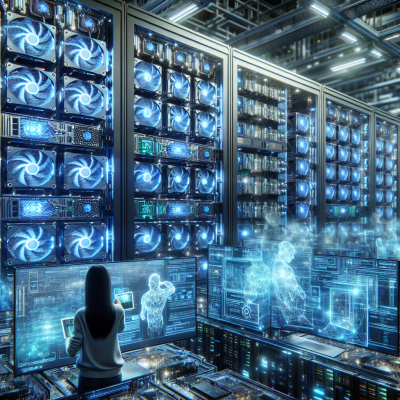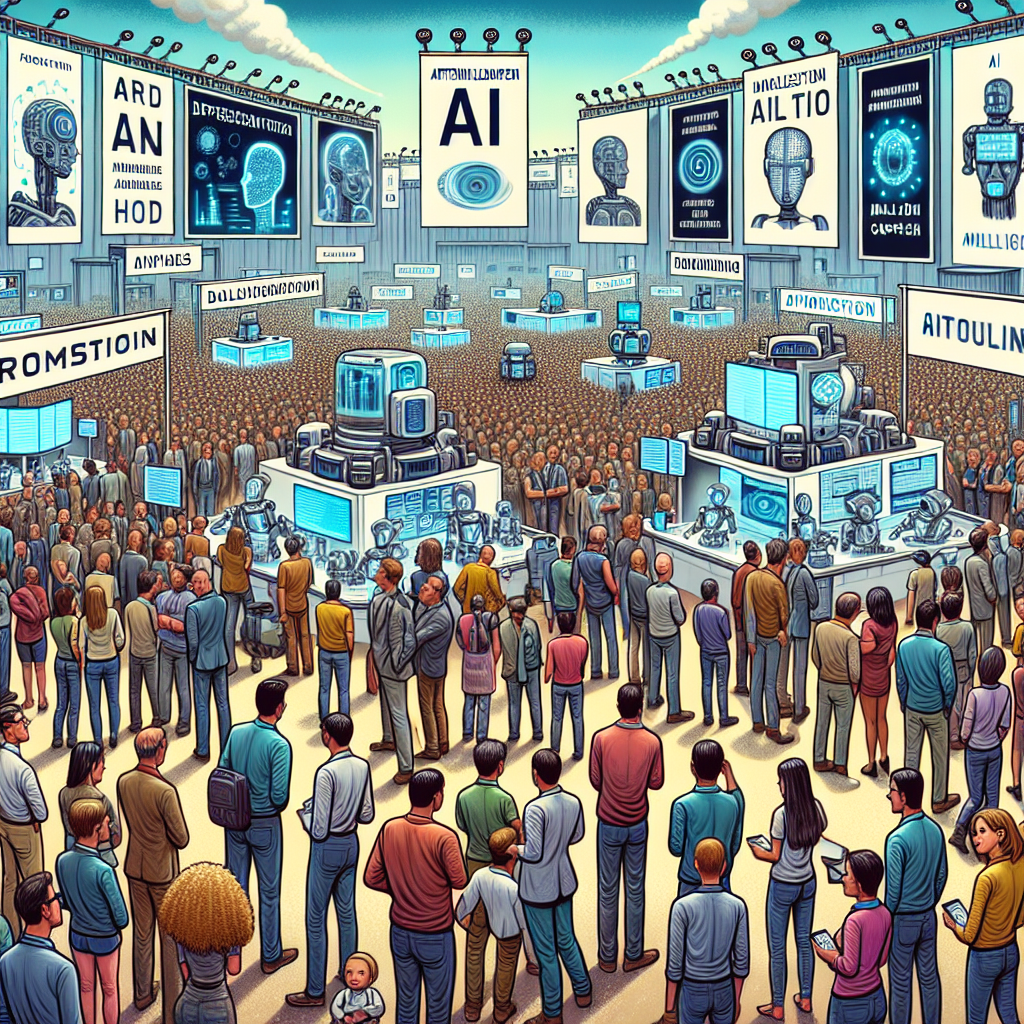

How GPUs are Revolutionizing Artificial Intelligence
The Power of Parallelism
GPUs excel due to their innate ability to handle thousands of computations simultaneously, a feature known as parallelism. In comparison to CPUs (central processing units), which are designed for sequential task execution, GPUs can process massive amounts of data at the same time. This unique advantage makes them the preferred tool for modern AI applications, which often require intensive data crunching.
Why is Parallelism Important in AI?
AI models, particularly those based on deep learning, involve training algorithms on datasets that can contain hundreds of terabytes of data. Tasks like image recognition, natural language processing, and predictive modeling are highly data-intensive. By splitting these operations into parallel streams, GPUs enable faster model training, leading to reduced development time and better-performing algorithms.
The Role of GPUs in Deep Learning
Deep learning, a subset of AI, relies heavily on artificial neural networks to mimic the way the human brain processes information. These networks consist of multiple layers, each performing a specific function. GPUs are perfectly suited for handling such operations due to the following reasons:
- Matrix Multiplications: GPUs efficiently perform thousands of matrix multiplications, which are the foundation of deep learning.
- Scalability: GPUs can handle increasing complexity as AI models grow larger, accommodating billions of parameters.
- Real-time Processing: By speeding up computations, GPUs enable real-time AI applications like chatbots, voice assistants, and recommendation engines.
The Role of GPUs in Driving Technological Growth
Supporting Emerging Technologies
Many burgeoning technologies depend on AI advancements, and GPUs are what make those advancements possible. Here’s how GPUs empower the growth of cutting-edge industries:
- Autonomous Vehicles: GPUs process sensor data from cameras, lidar, and radar systems to help cars navigate their surroundings effectively.
- Healthcare: In medical imaging, GPUs assist in detecting anomalies and diagnosing diseases faster than traditional methods.
- Gaming: Beyond graphics, GPUs drive real-time AI integration into gaming, creating smarter NPCs (non-playable characters) and dynamic game environments.
- Finance: GPUs facilitate complex algorithmic trading strategies by analyzing market data at lightning speeds.
Enabling Cloud Computing and AI-as-a-Service
The demand for AI-powered solutions has also fueled the growth of cloud computing platforms like Azure, AWS, and Google Cloud. These platforms rely on GPU-powered data centers to deliver AI-as-a-Service solutions, enabling businesses across industries to integrate AI without the need for owning expensive hardware.
How Companies Are Benefiting from GPU-Driven AI
Leading Technology Companies
Major technology firms such as NVIDIA, AMD, and Intel are at the forefront of GPU innovation. NVIDIA, in particular, has established itself as a leader in creating GPUs tailored for high-performance computing and AI. Their Tesla and A100 lines are some of the most powerful processors available, significantly accelerating AI research and applications.
Case Studies Demonstrating Impact
NVIDIA: NVIDIA’s GPUs have been instrumental in advancing OpenAI’s ChatGPT models, enabling them to process millions of interactions daily with minimal latency.
Google: Google leverages GPUs in its TensorFlow framework, which supports its extensive AI-related offerings, including search engine algorithms and Google Translate.
Meta (Facebook): GPUs are used to run large-scale recommendation systems, improving user experiences across platforms like Instagram and Facebook.
GPUs and the Broader Economic Impact
Promoting Innovation Across Industries
As GPUs enable rapid advancements in AI, their impact extends far beyond the tech sector. Industries ranging from retail and logistics to education and entertainment are all reaping the benefits of GPU-driven technologies. By increasing efficiencies and creating groundbreaking products, GPUs are amplifying economic output across the globe.
Investing in the Future of GPUs
The growing reliance on GPUs has caught the eye of investors, who recognize the transformative potential these technologies hold. Exchange-traded funds (ETFs) like Invesco’s QQQ ETF, which invests in innovative companies leveraging GPU-driven AI, provide an excellent entry point for those looking to capitalize on this technological shift. With AI adoption accelerating, investment in GPUs is not just a smart financial move but also an investment in the future of global progress.
Conclusion
GPUs have evolved from niche hardware components for gaming to critical innovations underpinning the AI revolution. Their unparalleled ability to handle massive datasets, power deep learning models, and enable real-time AI applications makes them indispensable in today’s digital age. Whether it’s supporting autonomous cars, improving healthcare outcomes, or driving economic growth through cloud computing, GPUs play an essential role across industries. As we look to the future, it’s clear that GPUs are not just an enabler of AI; they’re its backbone, empowering a technological revolution that shows no sign of slowing down.


Leave a Reply